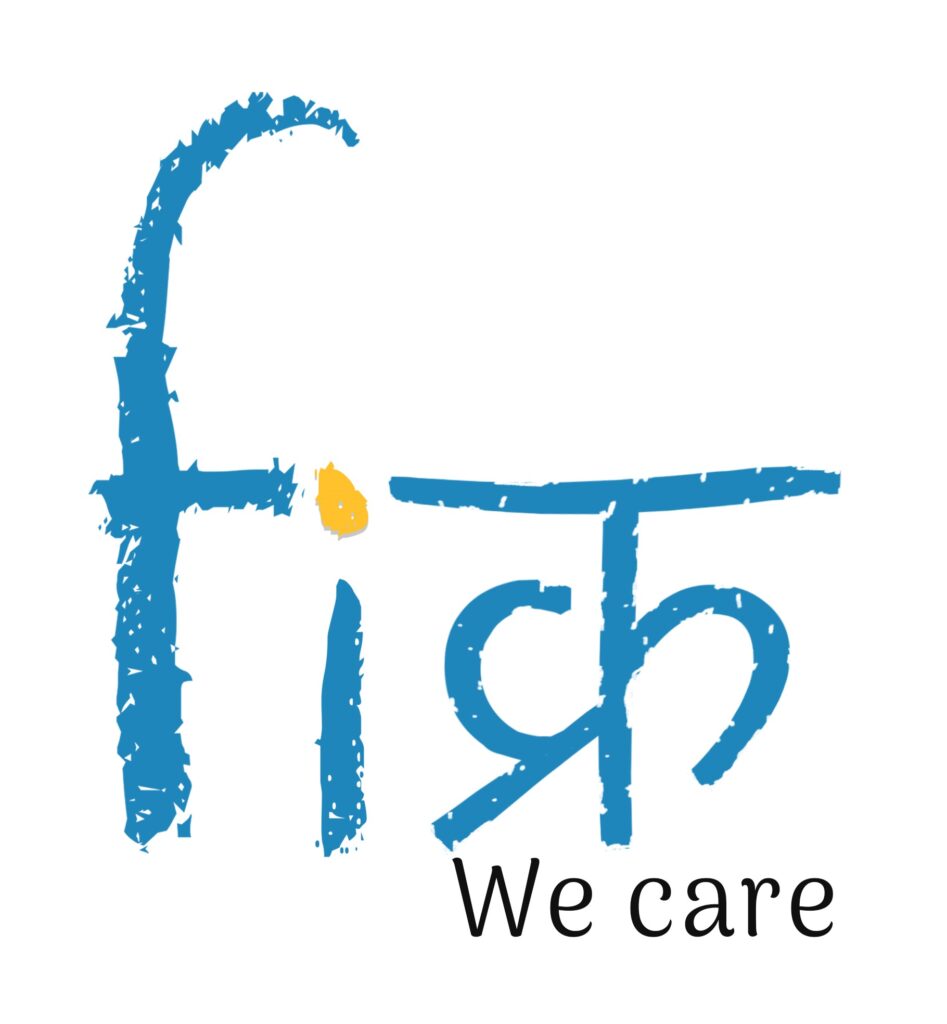Malnutrition remains a critical issue affecting underprivileged children in India, jeopardizing their health, development, and future. To combat this pervasive challenge, targeted interventions and holistic approaches are essential. Here are five impactful ways to protect underprivileged children from malnutrition in India.
1. Nutrient-Rich Supplementary Programs
Implementing nutrient-rich supplementary programs is crucial to ensuring that children receive the essential vitamins and minerals necessary for their growth and development. These programs can include distributing fortified foods, such as fortified rice, lentils, and oil, to supplement the nutritional needs of underprivileged children.
2. Promoting Breastfeeding Practices
Encouraging and supporting proper breastfeeding practices is fundamental in the early stages of a child’s life. Breast milk is a complete source of nutrition, providing infants with essential antibodies and nutrients crucial for their physical and cognitive development. Community awareness campaigns and healthcare initiatives can play a pivotal role in promoting exclusive breastfeeding in the first six months of a child’s life.
3. Community-Based Nutrition Education
Empowering communities with nutrition education is vital to fostering sustainable change. Educating parents and caregivers on the importance of a balanced diet, food preparation, and hygiene practices equips them with the knowledge to make informed choices for their children’s nutrition. Workshops, community outreach programs, and partnerships with local healthcare providers can facilitate this educational initiative.
4. Accessible Healthcare Services
Ensuring access to quality healthcare services is paramount for identifying and addressing malnutrition in India early on. Regular health check-ups, growth monitoring, and screenings for nutritional deficiencies can help healthcare professionals intervene promptly. Collaborations between governmental and non-governmental organizations can contribute to establishing healthcare infrastructure that is accessible to underprivileged communities.
5. Integrated Government Schemes and Policies
Aligning and integrating existing government schemes and policies focused on nutrition can maximize their impact. Strengthening initiatives like the Integrated Child Development Services (ICDS), the Mid-Day Meal Scheme, and the National Nutrition Mission can create a more comprehensive and coordinated approach to addressing malnutrition. Effective implementation, monitoring, and evaluation are crucial aspects of ensuring the success of these policies.
CONCLUSION
Protecting underprivileged children from malnutrition in India demands a multifaceted and collaborative effort. By combining nutrient-rich supplementary programs, promoting breastfeeding practices, community-based nutrition education, accessible healthcare services, and integrated government schemes, we can work towards breaking the cycle of malnutrition.
Nourishing the potential of these young minds not only safeguards their health but also lays the foundation for a brighter and more prosperous future for India.
Click here to know more about “Child Malnutrition in India: A schematic failure”

